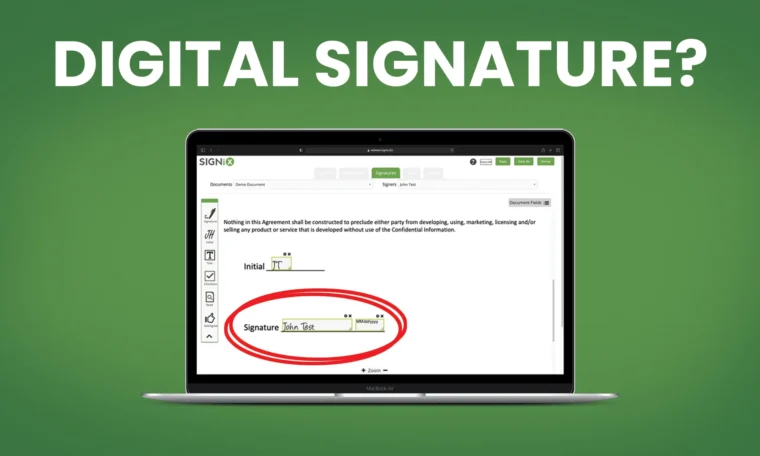
Electronic signatures transform paperwork from a chore into a breeze. This advancement benefits organizations, freelancers, and legal entities by simplifying document management. Here, insights unfold on making document handling efficient, secure, and compliant with global standards.
The Essence of eSignature Integration
In the realm of digital document processing, the implementation of an eSign API seamlessly bridges the gap between traditional paperwork and modern efficiency. With this technology, the initiation of document signing processes becomes not just quicker but also embedded within existing systems, providing a streamlined workflow. This approach reduces the need for manual data entry, cutting down on errors and saving precious time. Automation brought forth by such APIs extends to notification systems, ensuring all parties are promptly informed upon document completion. Moreover, the technology upholds stringent security measures, guaranteeing the authenticity and confidentiality of every transaction. The evolution from paper-based to digital processes marks a significant leap, reducing environmental impact and enhancing operational efficiency across sectors.
Crafting Secure and Compliant Documents
Securing digital documents goes beyond encryption; it encompasses a comprehensive framework ensuring data integrity and legal compliance. The foundation of this security lies in robust authentication mechanisms, including multi-factor authentication and unique signer identification. These measures thwart unauthorized access and affirm the signer’s identity. Compliance with international laws, such as the GDPR in Europe and the ESIGN Act in the United States, adds another layer of trust and reliability. By adhering to these standards, digital documents gain the same legal standing as their paper counterparts. The commitment to security and compliance reassures users, fostering an environment where digital transactions flourish without compromising on safety or legality.
Enhancing User Experience with Flexible Signing Options
The versatility in signing methods caters to a broad audience, making digital signatures more accessible than ever. Individuals can choose to draw, type, upload, or even opt for a system-generated signature, offering convenience without sacrificing security. This flexibility ensures that users, irrespective of their technical proficiency or device preference, find the signing process straightforward and accommodating. Such an inclusive approach democratizes digital signatures, encouraging their adoption across various demographics and industries. The focus on user experience highlights the shift towards customer-centric digital solutions, where ease of use and satisfaction are paramount.
Streamlining Workflow with Advanced Signature Features
Integrating advanced signature features into digital platforms enhances user experience by catering to specific needs and scenarios. For instance, a real estate agency implementing a digital signature solution can significantly benefit from these advanced options. The agency’s clients, ranging from property buyers to sellers, often require swift and secure transactions. By offering the ability to sign documents remotely, the agency not only accelerates the sales process but also adds a layer of convenience for clients who might be located in different regions or time zones. A practical example of this would be the use of mobile signing during a property viewing. A potential buyer, impressed with the property, can immediately sign a non-binding offer or intent to purchase document using their smartphone or tablet. This process leverages the power of digital signatures to secure agreements promptly, ensuring a competitive edge in the fast-paced real estate market.
Beyond Signing: Comprehensive Document Management
After the signing phase, the journey of a document doesn’t end; effective management tools take over. These include options for secure storage, auto-expiration, and controlled access, providing users with complete control over their documents’ lifecycle. Integration capabilities with cloud storage and other business applications streamline operations, enabling seamless access and sharing within and outside an organization. The introduction of audit trails offers transparency, recording every interaction for accountability. This holistic approach to document management not only enhances organizational efficiency but also supports compliance, security, and operational transparency, setting a new standard for handling digital documents in the modern era.



